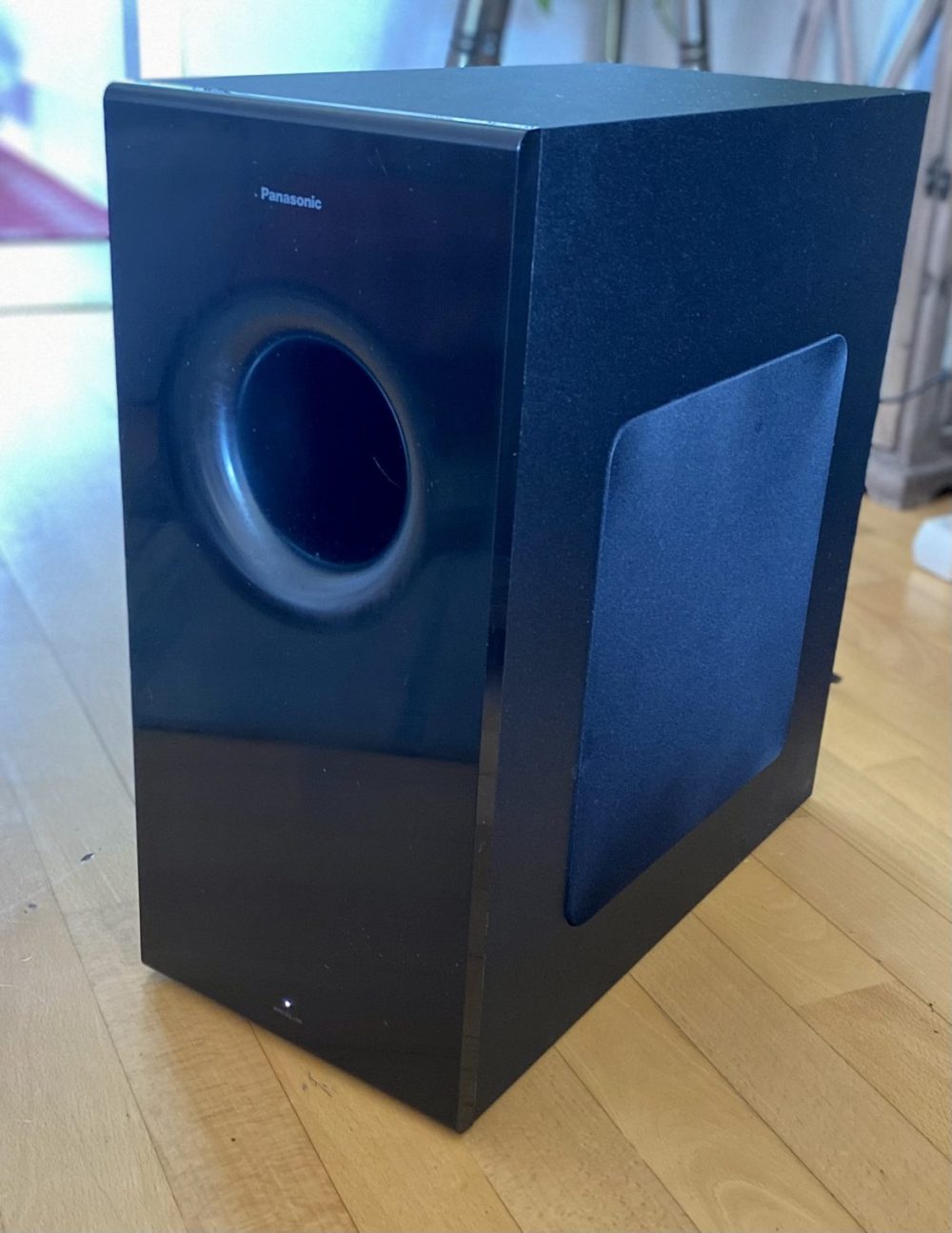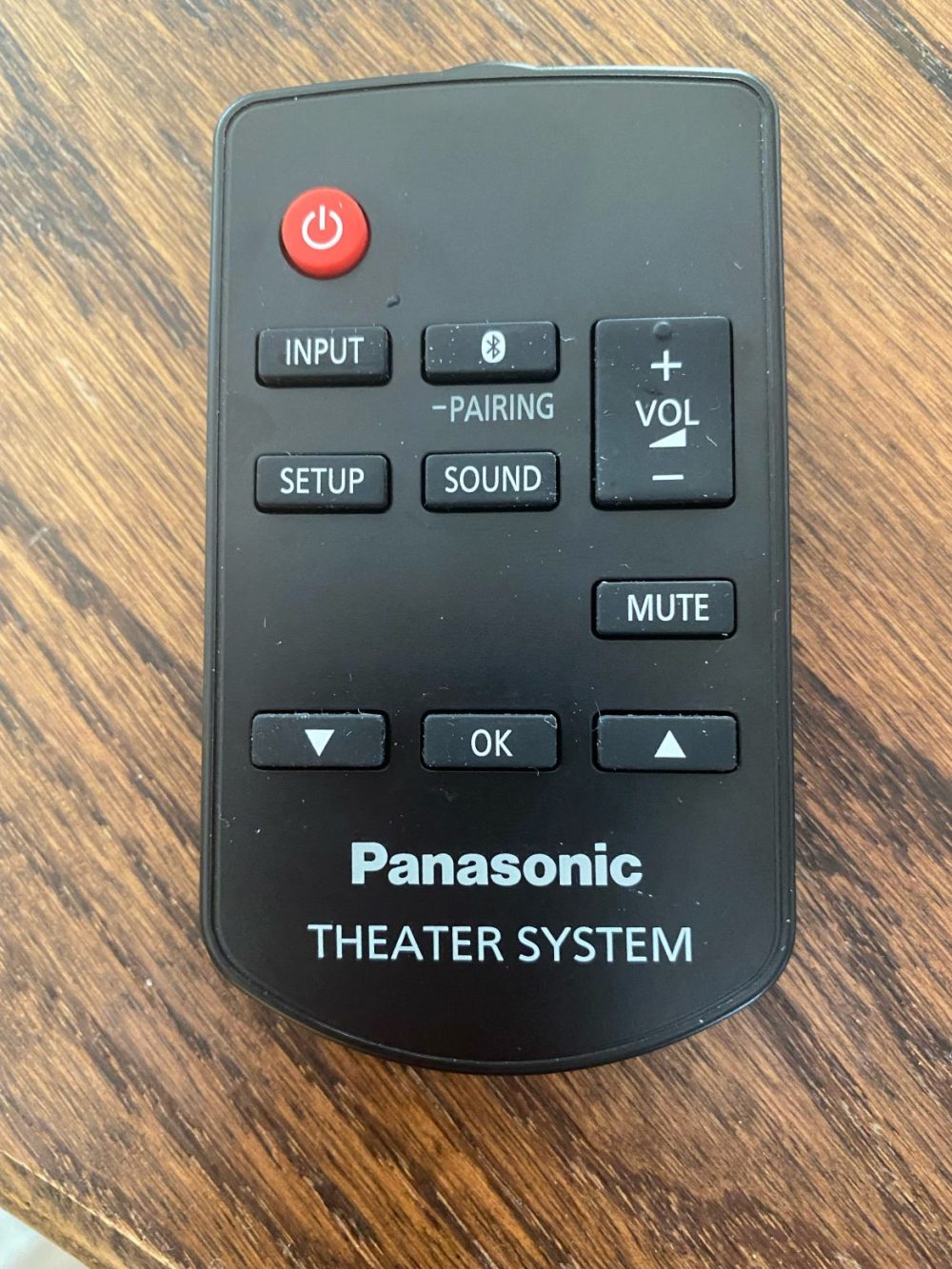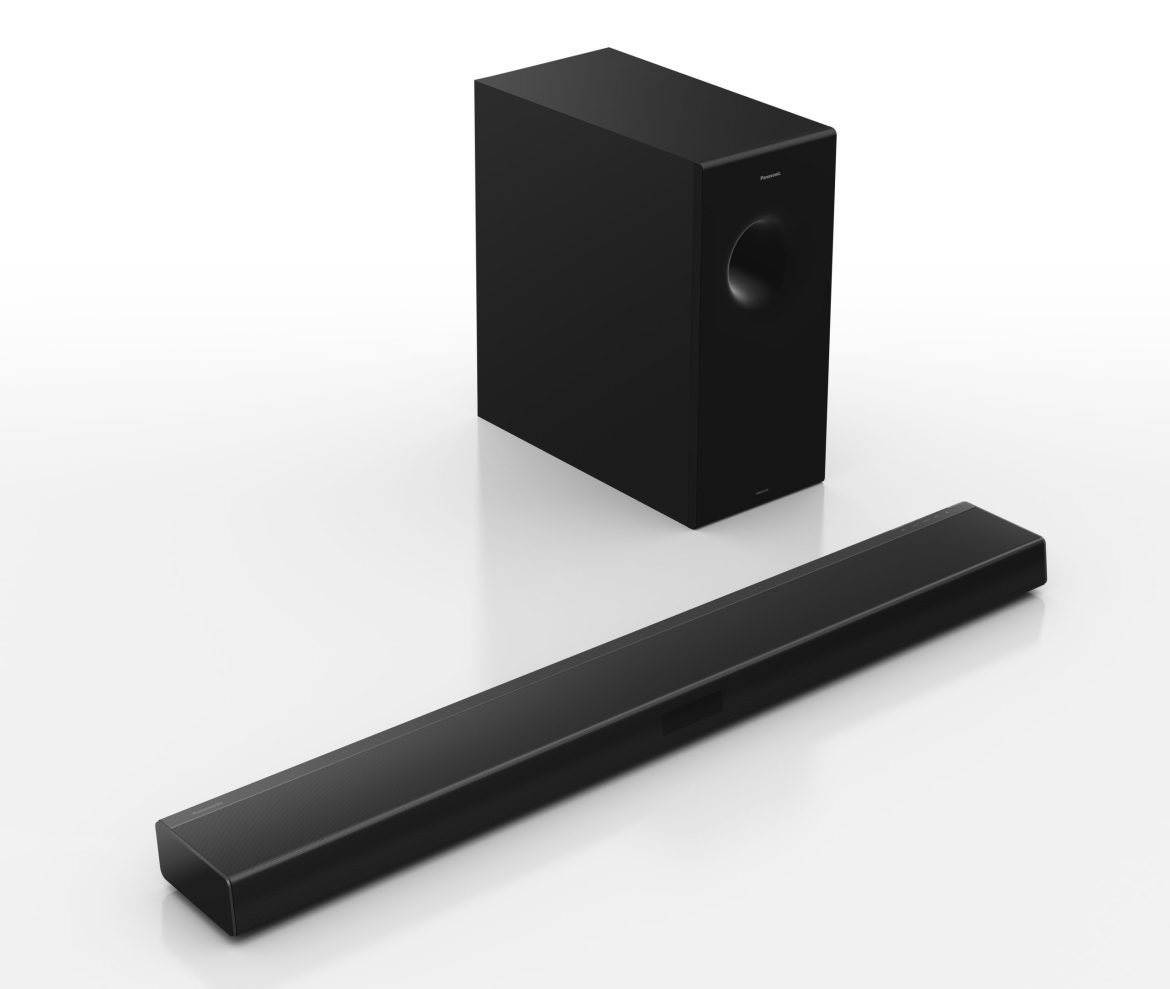TL;DR
Looking for a simple, budget-friendly soundbar with Dolby Atmos? Panasonic's SC-HTB600 offers easy setup, clear dialogue, and an immersive soundstage for its price. While it might lack the premium build and extensive connectivity of pricier options, it punches above its weight for home entertainment enthusiasts. Ready to dive deeper into its sonic capabilities and see if it's the right fit for your living room? Read the full review to find out!
Soundbars are experiencing steady growth in the home entertainment sector, driven by compact living trends and considerations for interior design, including aesthetics. We evaluated Panasonic’s SC-HTB600 soundbar, which offers simplicity, Dolby Atmos and DTS:X compatibility, and an accessible price point. The core question is: how does it perform sonically?
Initial impressions upon unpacking are mixed. Compared to higher-end soundbars, the components exhibit a lighter feel and a more plastic construction. The power cord’s limited length is a minor inconvenience, complicating power connection unnecessarily; a slightly longer cord would have been a simple and inexpensive improvement.

Setting up the SC-HTB600 is straightforward. The soundbar sits securely on most surfaces and requires only two connections: power and an HDMI cable connected to the TV for eARC control of all devices. The wireless subwoofer simplifies placement, ideally positioned near a room corner for optimal bass response. The design is clean and the soundbar’s long, narrow form factor facilitates integration with existing furniture, contrasting with the bulkier, cube-shaped subwoofers sometimes encountered (potentially affecting maximum volume and deep bass extension).

After a quick connection process, system configuration involves adjusting the EQ to suit the sound characteristics. Room acoustics and interior design significantly impact the soundstage, necessitating experimentation with bass and treble settings to achieve optimal performance for a given environment. Incorrect setup may result in loose or indistinct bass, or a thin and harsh overall sound profile. Critical listening from the primary listening position is essential for achieving the best results.
Regarding connectivity, the inclusion of only one HDMI input (in addition to the eARC connection to the TV) is a limitation. However, users in this price segment may not require extensive connectivity, potentially only needing connections for a Blu-ray player or media box. The device supports both Dolby Vision and 4K UHD passthrough. Alternatively, a digital box can be connected directly to the TV, routing audio to the soundbar via eARC. Additional HDMI inputs would be a welcome enhancement.

The system supports Dolby Atmos and DTS:X, utilizing multiple directed speakers for simulated surround sound. Evaluating the system with Bohemian Rhapsody on UHD, the soundscape is compelling for its price range. The reproduction of the Live Aid! concert creates an immersive experience, with dialogue clarity being a particular strength, especially noteworthy for TV broadcasts such as news programs.
The remote control’s build quality feels somewhat basic. App support with settings backup (in case of remote control loss) would have been a valuable addition.

In summary, the Panasonic SC-HTB600 delivers on its promises, offering competent performance for its price point (approximately 4,500 SEK). While our previous reference model, the Yamaha YSP-2700, exhibited a more premium build, greater connectivity, and a warmer, more powerful sound signature, it also commanded a significantly higher price. The Yamaha YSP-2700 has been discontinued and lacked Dolby Atmos support. The Panasonic SC-HTB600 prioritizes audio performance and accessibility. Panasonic has made compromises in areas such as finish, features, HDMI inputs, and cable length, but delivers a capable and well-sounding soundbar at an attractive entry-level price, which should appeal to a broad audience, particularly in the current economic climate.
Panasonic provided the review unit. The provider of the material has no editorial influence on the content of this review.

